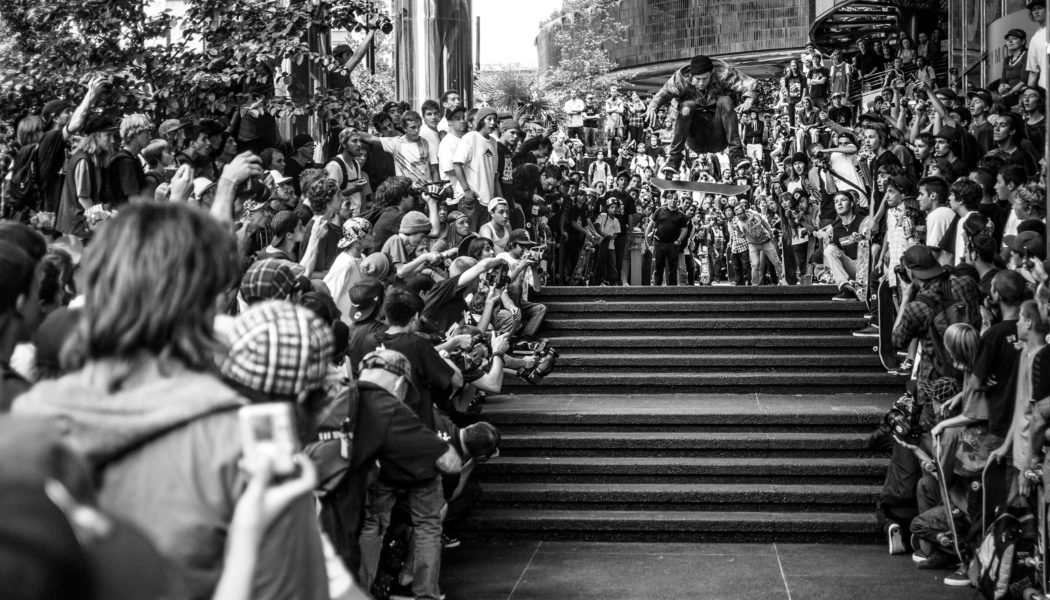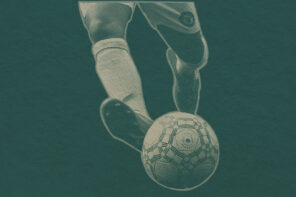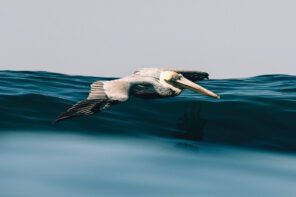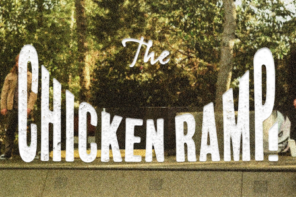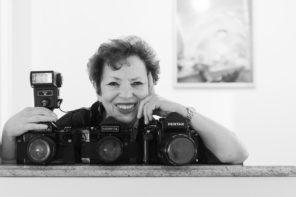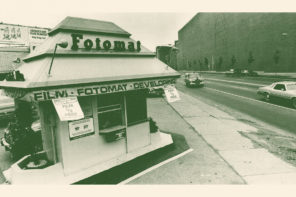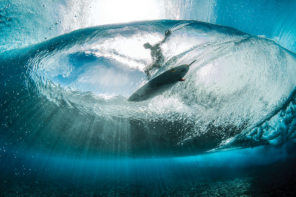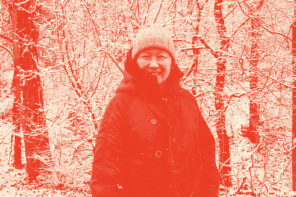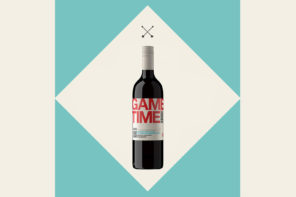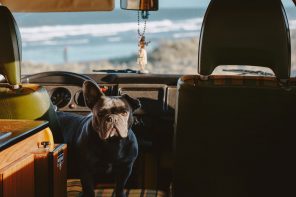On Deck With Atiba Jefferson
It’s more than likely that you’ve seen photographer Atiba Jefferson’s work— portraits of impactful humans, every inch of skate culture from the past 30 years, and a little basketball. Capturer of some of the more iconic images that commemorate the likes of Kobe Bryant and Virgil Abloh and act not only as loving in-memoriams for the world but also a tribute to some of Atiba’s closest friends. Whalebone was fortunate enough to take up a little of his time to judge the 2022 Photo Contest and ask him some of our more pressing questions.
Whalebone: How did you get introduced to photography? And can you recall the first time you picked up a camera?
Atiba Jefferson: I got introduced to photography because I took a black and white printing class when I was in high school—that was an art elective I needed to take. A friend of mine, Josh Wildman, who’s really cool, who shot photos was also a big influence. We made a pinhole camera— like everyone’s first introduction to photography when you took a black and white high school photo class and you made the camera out of an oatmeal container—but I just remember seeing the photo paper develop.
I started skating in ‘89 and magazines were like what Instagram is today. You just sat there and studied them and looked at them. Photography was a really important way of seeing things back then. It still is, but it had a different feel to it when you could actually touch it.
And that’s when I was like, “This is magical. This is crazy. This is so cool.” So that was really the first time I could see why it was so special and then after that, it was on. They gave us what’s called a Snappy Q—a Canon point-and-shoot. Once I started really figuring out how to use a camera, it became even more amazing. Back then it was all analog and it’s such a different way to learn photography. Now, the learning curve is instantaneous, where back then you would take a photo, you’d have to develop it and then wait to see. I feel very lucky to have learned photography from when you waited an actual day after you shot the photo to see if you got it right. Whereas now, you wait for half a second.
WB: Can you describe skate culture today vs. 30 Years ago? Is skating for everybody?
AJ: Skateboarding has always been for everyone. To some degree nothing is perfect, but no, skateboarding as a whole was very forward-thinking and was always a safe place for people. And to be honest, besides becoming cooler to the mainstream and being less looked down upon, I don’t think as far as a culture it’s really changed much at all—still kind of thrives off the same ethos—be an individual and be yourself.
WB: A photo of yours that captures the essence of skate culture?
AJ: I love this shot (below) because it shows how different the crew can be on any skate session. Everyone is accepted.
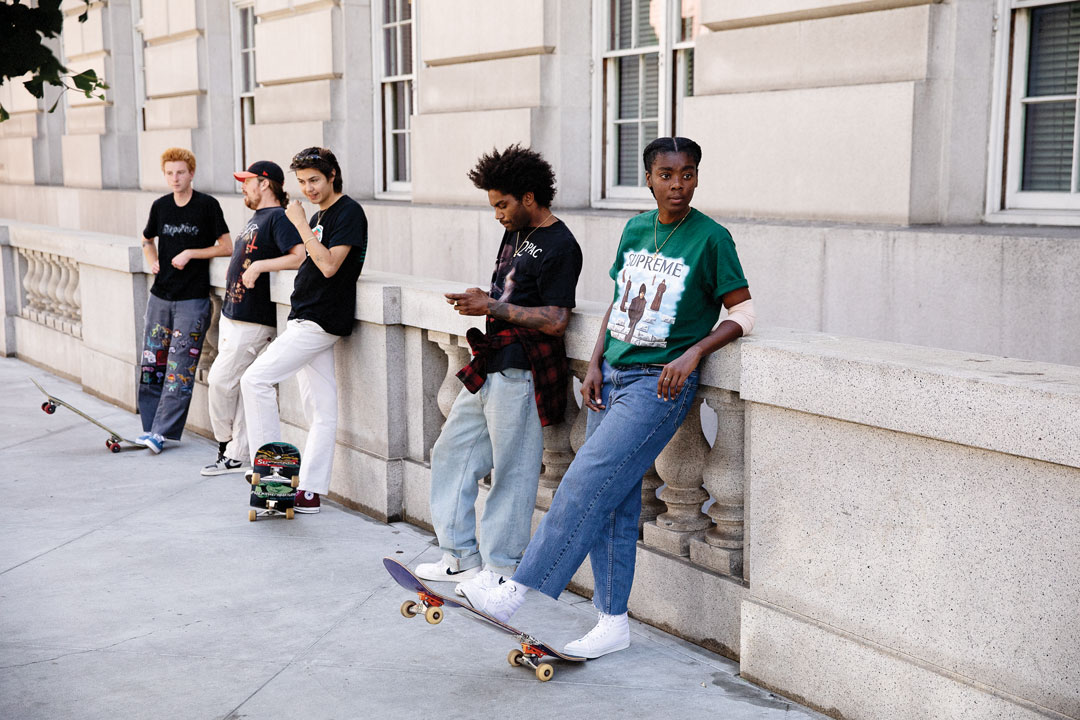
WB: What’s something you hope your style of photography and interactions with those you shoot say about you? What do you hope people think of your work?
AJ: I love different techniques of photography. That’s always something that has always been super interesting to me. I’ve always liked different cameras and different formats. For technique, I love to know that I have a really good skill at knowing lighting and camera work. But as for my subjects, I just want them to look the best they possibly can. And that’s something that I hope is always transformed in my photography. If someone looks at that and goes, “Hey, he made me look more beautiful than I thought I was,” or a skater goes, “Wow. He made my trick look three times bigger than I thought it would,” that’s the goal to me. That’s the most important thing for photography—is for my subjects to be moved by the photo. And then you hope that other people who see it are as well.
WB: What’s some advice you’d give somebody who is just starting to get interested in photography?
AJ: My only advice to people that just started in anything is to make sure you love what you’re getting interested in. Whether that’s photography, whether that’s music, whether that’s skateboarding, whatever it is. I think the biggest thing is going, “Hey, this is something that makes me happy, let me be involved and immersed in it, totally.” And that’s all photography and skateboarding were and still are to me are things I think about nonstop. And I’m so excited that there’s something like that for me. Something very positive just for yourself.
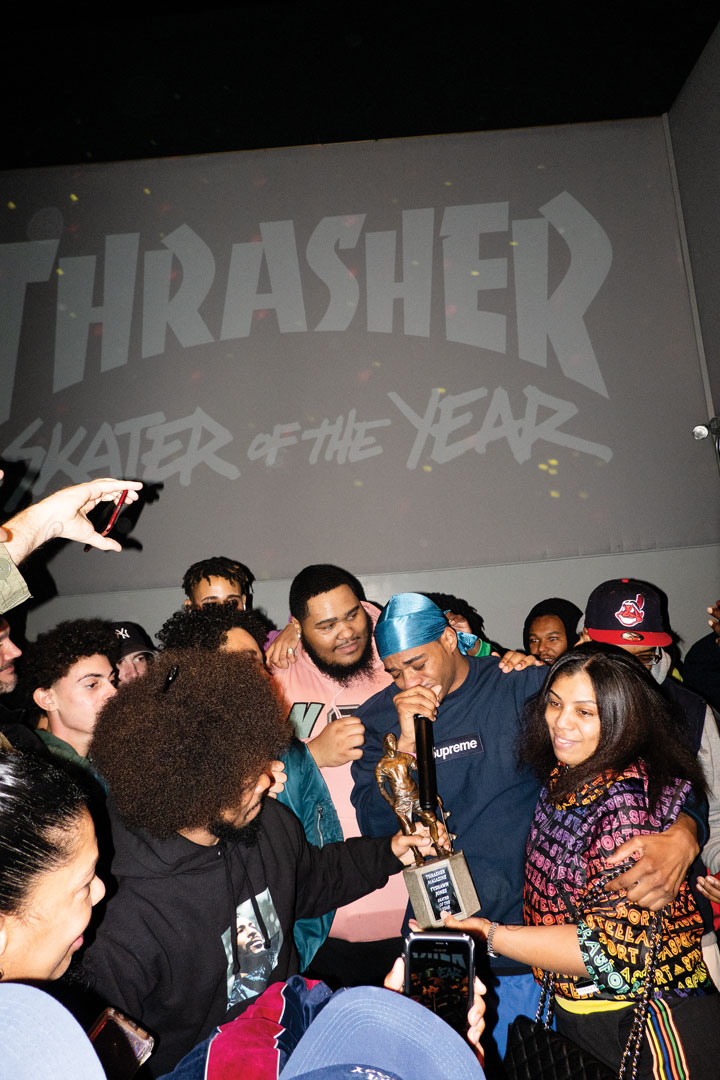
WB: Someone wants to skate for the first time, what’s your advice?
AJ: It’s hours and days and years of failure for a couple seconds of success. So, nothing’s going to come easy, but that’s why I think skaters are some of the smartest, most problem-solving people because they sit there and try something over and over and over, for one second—that makes people really good problem-solvers. If I want to ollie, I have to put my feet here and my weight has to be centered here and that’s the same with any problem-solving, right? That’s photography too. It’s all a learning process. I was terrible at math, but it’s all about equations.
WB: A shot you haven’t taken yet but in your mind’s eye you know it’s coming?
AJ: For me it’s more like a person than a subject. With my photography, I see things that I could do better, I don’t see a perfect photo. I think that’s what keeps me happy and motivated. I really want a portrait of Obama. I really want a one-on-one shoot with Tiger Woods. It’s more my subject matter than how do I get them and be able to shoot them.
WB: On that, what subject that you shot evokes the most memorable moment for you?
AJ: It’s a pretty heavy thing to think about and it’s really hit me more and more now that I’ve gotten older, but it’s really people that are no longer here. I think that is the blessing and curse of documenting people because it’s someone like Kobe Bryant who I was close with, who is no longer here. I have pretty large collections of photos—and so when I see those in retrospect they’re way more emotional than when they were actually captured.
To have Kobe Bryant on a skate session with Eric Koston who also is the goat of his craft is something i never would have thought would happen when i first met these two, but years later it happened. Kobe loved skating and in this moment you can tell.
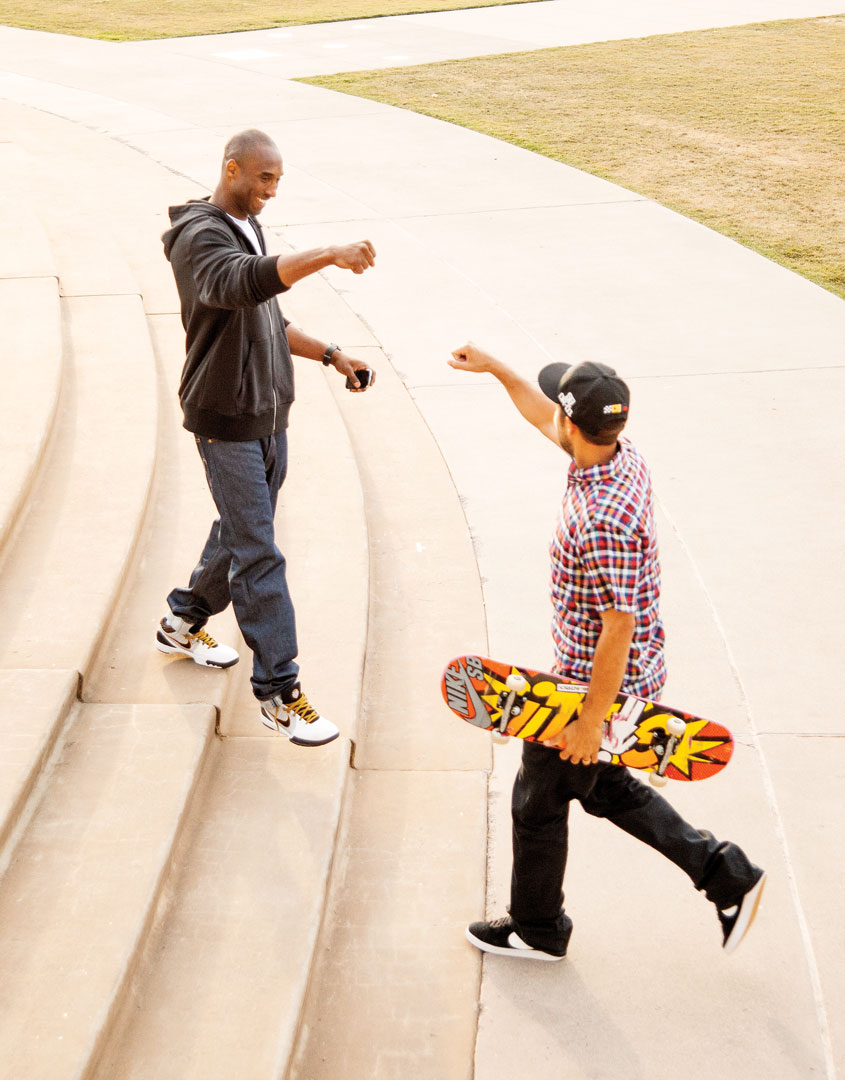
WB: Is there one shot that evokes joy when you think of it?
AJ: When you take something you’re super proud of. For me, it’s always a skate photo at sunset, straight up. Beautiful portraits too, but a skate photo at sunset if you’re looking for that answer. The one thing—it’s always going to be that. I’m a cheeseball for a sunset.
WB: You have to pick a band or an artist that represents your style—who is it?
AJ: That’s such a complicated question. I would probably say, Miles Davis.

